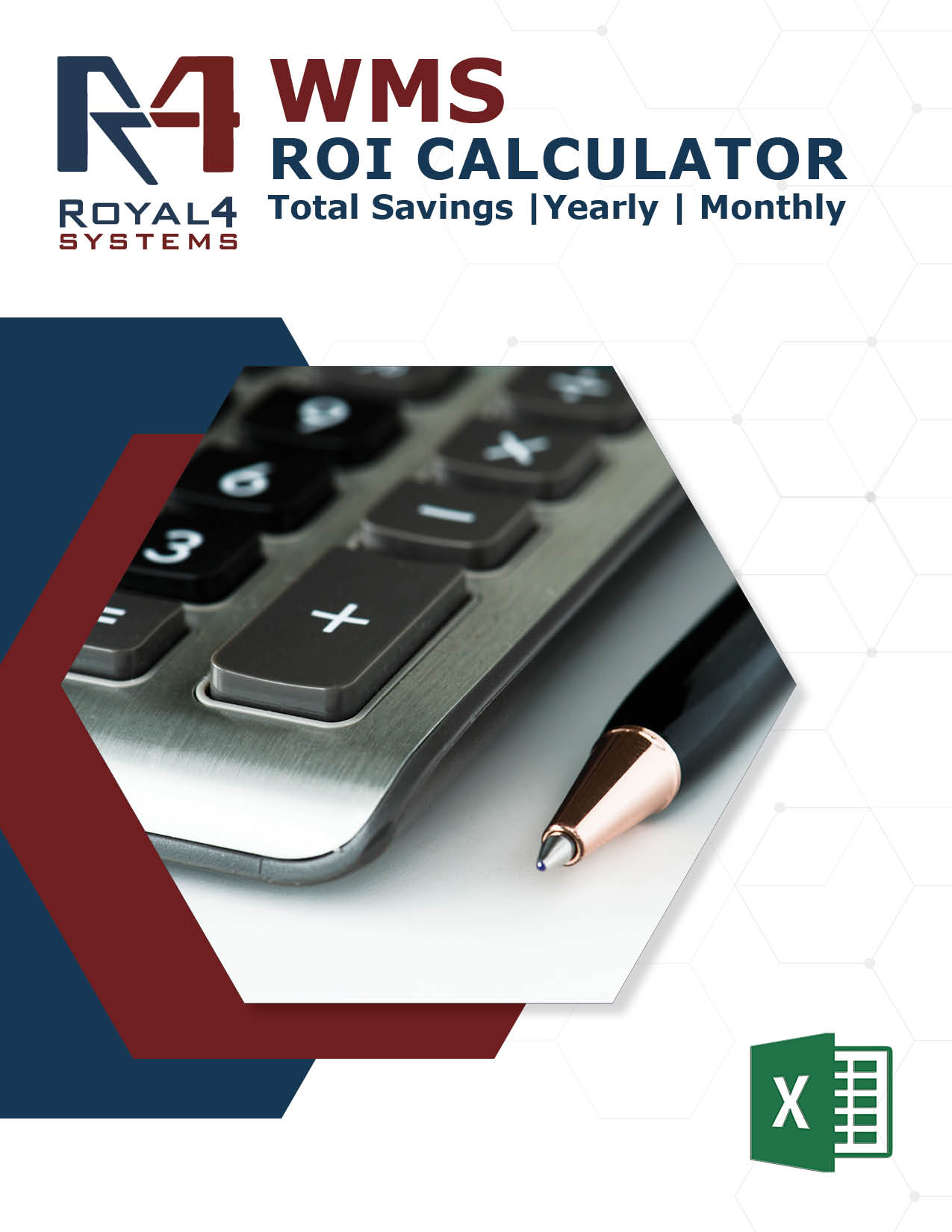
Distribution Requirement Planning is a key process for inventory, forecasting, reducing costs, and improving efficiency. In this article, we’ll go over what DRP is, why it’s important, and everything else you need to know about it.
What is Distribution Requirement Planning?
DRP, short for Distribution Requirement Planning, is a structured process for improving the efficiency of product distribution by identifying which products, in what quantities, and at what sites are needed to fulfill projected demand. The objective is to prevent shortages all while lowering the expenses of ordering, shipping, and storing products. It predicts when inventory will run low and organizes restocking to minimize shortages. DRP employs a tree-like structure in which a centralized unit, such as a warehouse, provides regional facilities, which then supply the rest of the tree. This structure can have an unlimited number of levels.
Many concerns plague the minds of supply chain and project managers, who must ask themselves: What products will we need, how many of each product will we demand, where do the finished products need to go, how much do we have on hand, and how much would we have to make? Through DPR, they may be able to obtain answers to such questions.
It is DRP’s purpose to guarantee that the correct number of items are created in production facilities and delivered to multiple warehouses to meet client requests.
Why is Distribution Requirement Planning important?
Implementing DRP in a production chain is critical for manufacturing facilities looking to improve overall effectiveness and utilization, minimize costs, and boost profitability. As it is also capable of precisely forecasting potential field requirements, it allows for lower inventory and expenses inside an operation. This is by far the most advantageous effect of DRP, as it increases the profit of the business.
Distribution Requirement Planning (DRP) is continuously linked to current inventory and field demand predictions in manufacturing’s Master Production Scheduling (MPS) and Material Requirements Planning (MRP). It enables a completely integrated network where there is continuous communication of data throughout the system. This encourages a far more effective and appropriate manufacturing process or flow, which ultimately reduces unnecessary costs and waste within the manufacturing operation.
DRP also links material supply to demand, thus matching stock to customer service demands and lowering operating expenses.
What are the six elements of Distribution Requirement Planning?
- Order Processing
Order processing, also known as order fulfillment, is the act of inputting client and order information into a computer network to generate invoices for picking within a distribution center (which could be a warehouse or a retail store). The primary concept is to deliver orders according to the preferences of customers in terms of location and schedule. - Inventory Control
Inventory management is an integral aspect of a retailer’s distribution system. It involves money spent on inventory, wear and tear, and the possibility of the goods becoming obsolete as time passes. Marketing executives promote big inventories to avoid stock-outs in retail firms, but finance executives urge inventory minimization. As a result, companies should strive to keep their inventory levels as low as possible while still providing 100% customer service. - Transportation
The physical distribution of products and services necessitates the use of transportation. Transportation allows channel participants such as manufacturers, distributors, and retailers to deliver goods and services to clients at their point of purchase or at their doorstep. Transportation accounts for about 25–40% of total distribution expenses in terms of cost. Customer satisfaction is based on prompt delivery, the security of products during transportation, and the proper treatment of said products. - Warehousing
It includes all operations related to the storage of products between the moment they are purchased and the time they are delivered to the client. This role includes receiving merchandise, breaking it down into bulk, storing it, and loading it for distribution to customers according to their preferences. Distribution centers serve as a central/middle site for the speedy transfer of products to retail stores, whereas storage warehouses typically maintain items for long periods. - Materials Handling
The transportation of items within a retail organization, warehouses, and retail stores/outlets is referred to as materials handling. Raw supplies, final products, and other items are moved from a central warehouse to various retail locations in the case of chain stores. Similarly, product movements occur in multistory or even single-story storage facilities. - Customer Service
Customer service is a set level of customer satisfaction that a retailer intends to provide. Retailers cannot get a competitive advantage over their competitors without defining and enforcing “customer service standards.” Retailers who maintain higher service standards pay the price of having a larger inventory or spending money on a faster means of transportation. Effective distribution systems must retain accurate records of the costs of fulfilling various customer service requirements (90 percent, 95 percent, or 100 percent of orders delivered within 24 hours) as well as the increased customer satisfaction that comes with higher standards.
Client demands are critical for ensuring that businesses can satisfy client demands. Distribution resource planning is making sure the distribution network has enough resources, such as distribution facilities, transportation systems, and manpower, to fulfill said demand. It is critical to optimize product availability at the lowest possible cost.
Request a Demo
Need more information?
Solutions






![image001[25]](https://www.royal4.com/wp-content/uploads/2023/11/image00125.png)